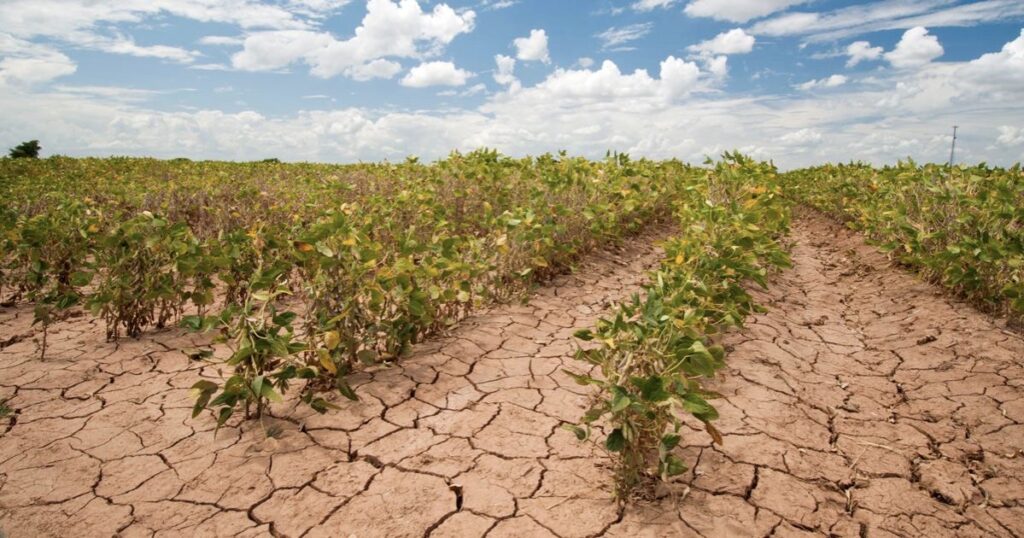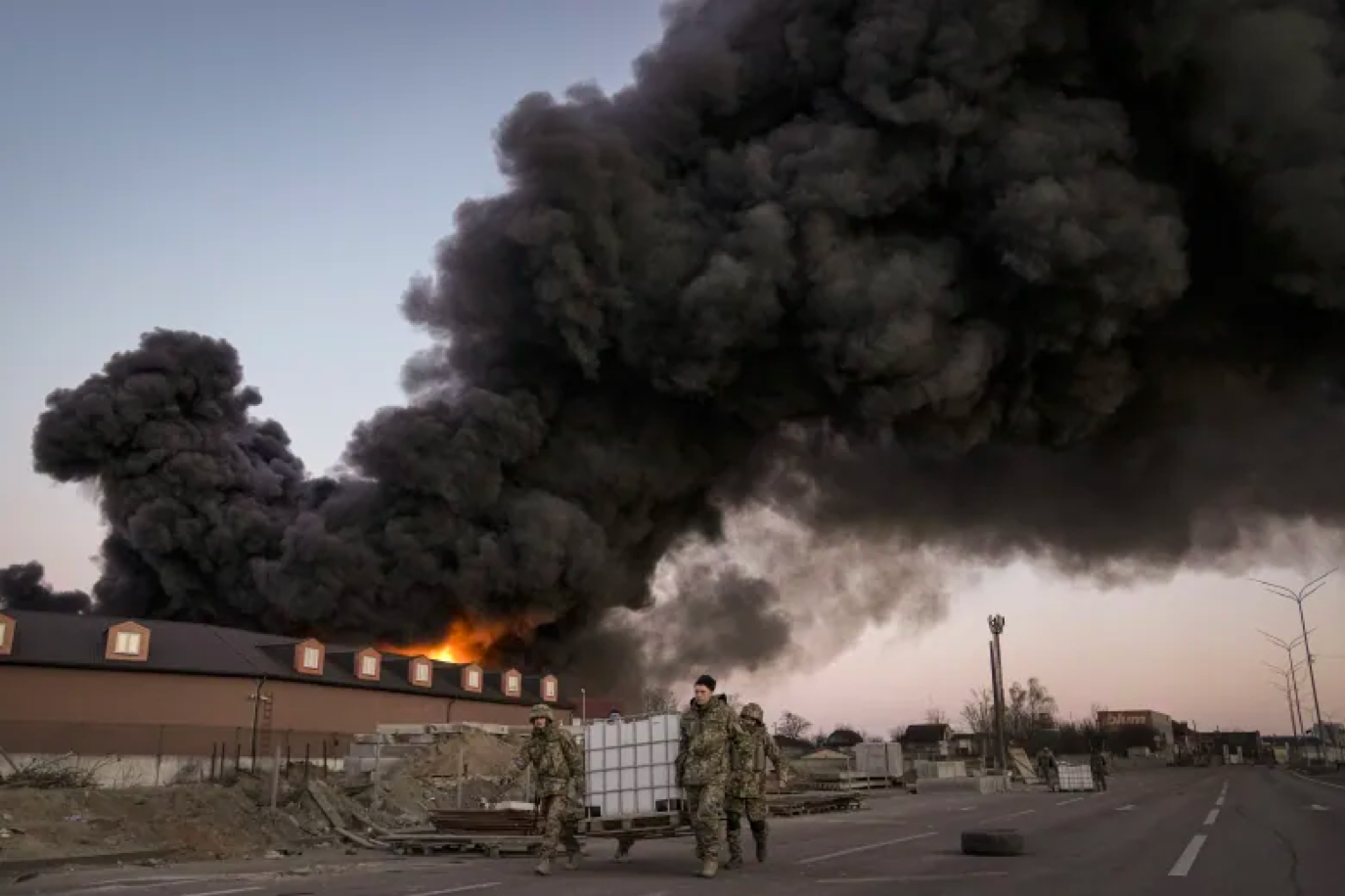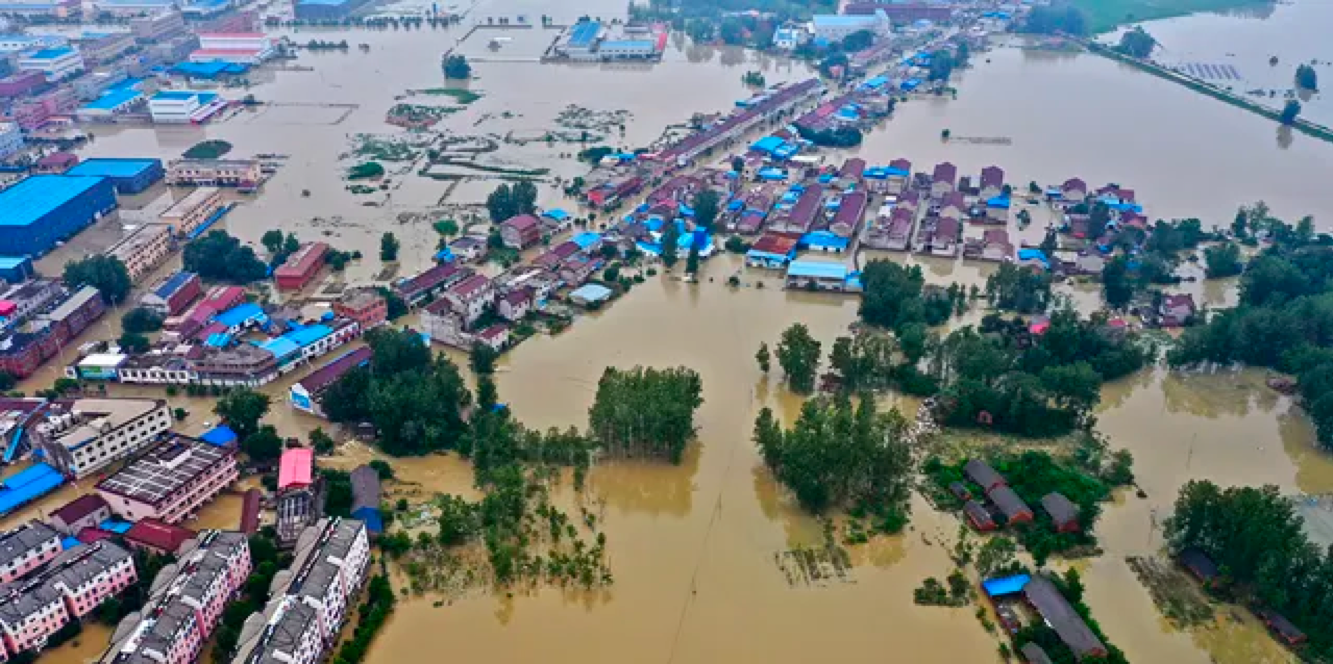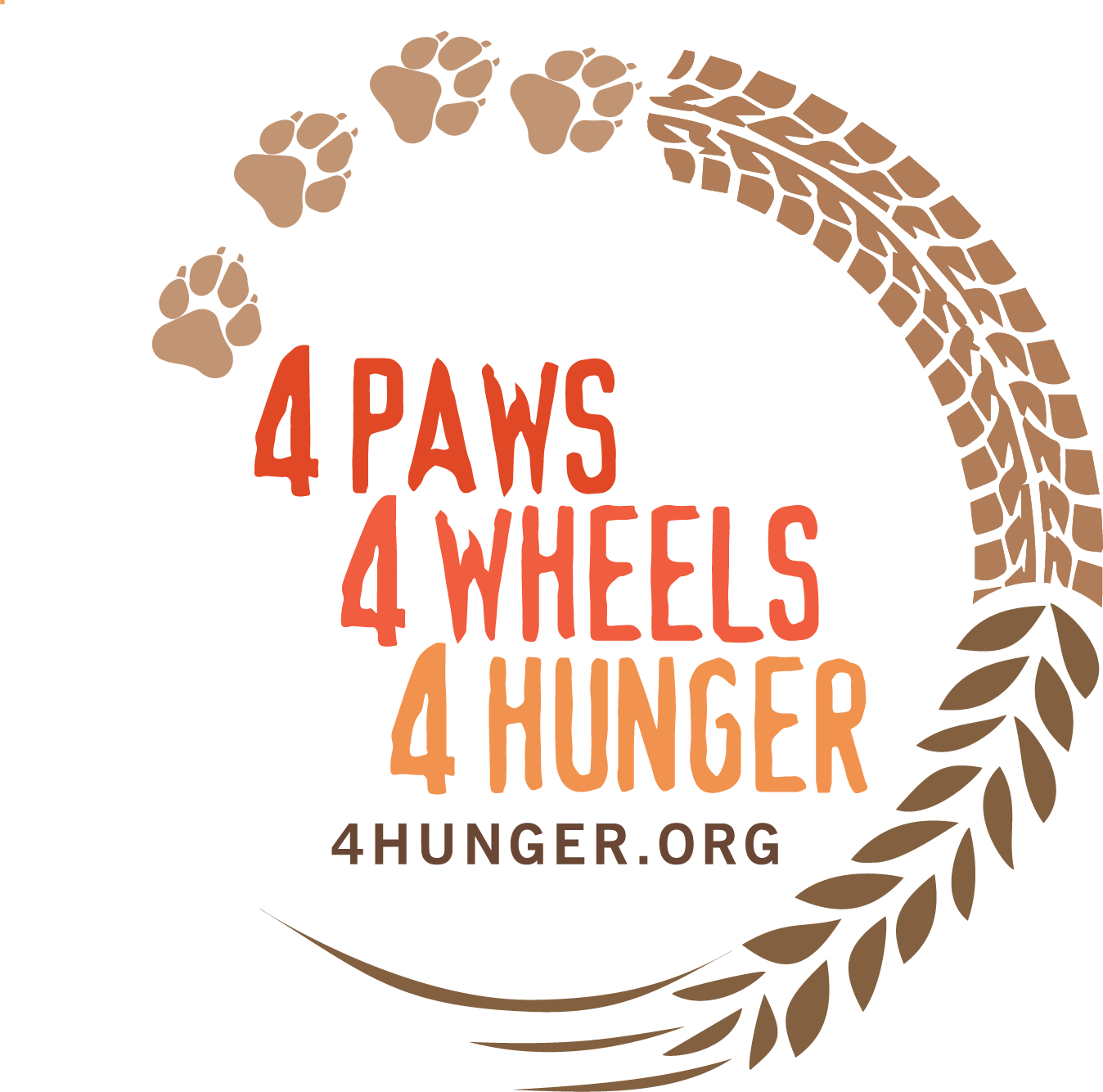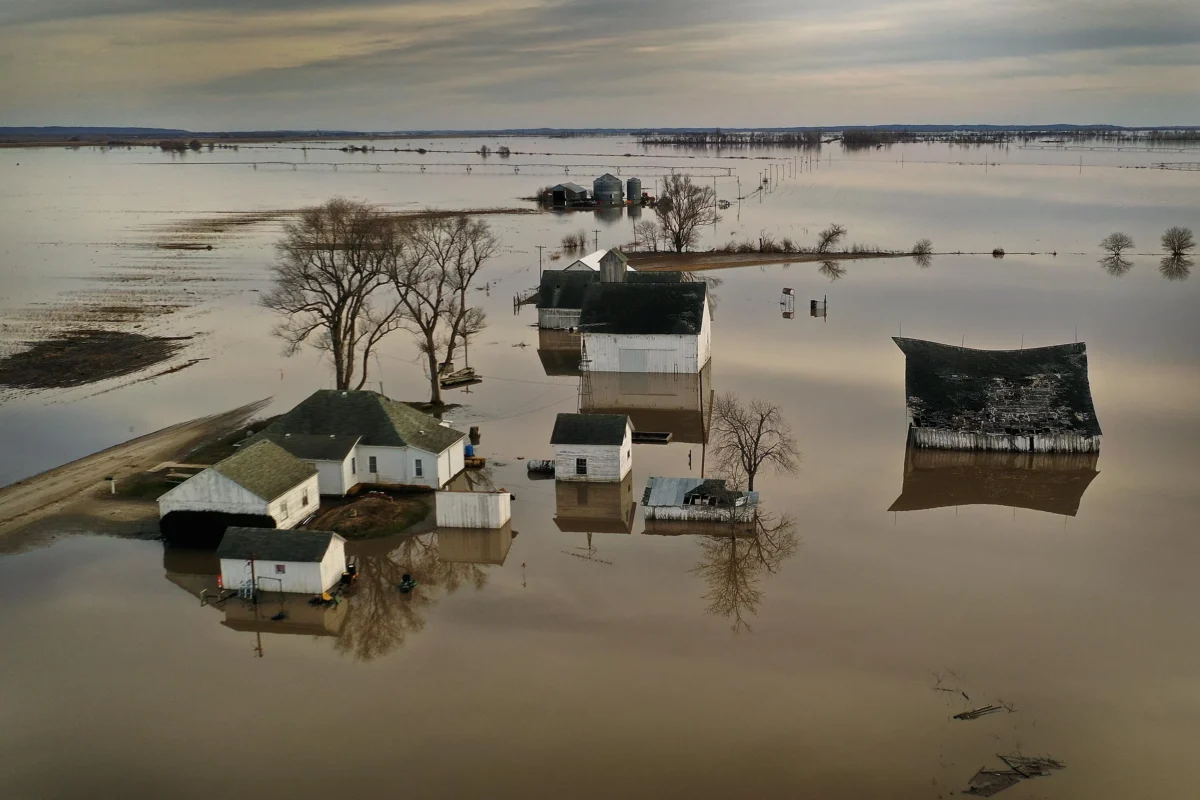On 24 February, the Russia launched its attack against Ukraine. Unfortunately for the world, at the time of the attack, food prices worldwide were already at record highs, more than 24% higher than the same time last year due to the pandemic and climate change. Reports everywhere are predicting that the war will push food, fuel and fertilizer prices even higher with consequences that will be felt everywhere.
Today, we will provide an overview of what the war between Russia and Ukraine means to global food and hunger. Over the next several blogs, we will unpack the various direct and indirect consequences of the war, including: 1) rising global prices food basic foods, fertilizer and fuel, 2) who will be hurt most by the high food, fuel and fertilizer prices, 3) protectionist measures adopted by countries who depend on Russian and Ukrainian cereals and fertilizers, implemented to keep foods from being exported and their consequences, 4) impacts of the continuing pandemic and climate change that will exacerbate the food crisis, and 5) how the food crisis will impact efforts to combat climate change.
Russia and Ukraine are One of the Biggest Breadbaskets in the World
When Russia invaded Ukraine, the reaction of the major commodities markets was immediate, with wheat prices rising by 50% and other major food commodities posting similar surges. FAO has reported that Russia is the world’s largest exporter of wheat and Ukraine is the fifth largest. Together Russia and Ukraine account for 53 % of the global trade in sunflower oil and seeds, 27 % of wheat, 19% of the world’s barley, and 4% of its corn. Together they provide more than one-third of all global cereal exports.
In addition, Russia and Belarus provide 30% of the world’s potassium fertilizers. Western sanctions and Russia’s export restrictions could dramatically affect the quantities and price of these fertilizers. If fertilizers are not available either because their exports are reduced or because prices are too high for farmers in low- and middle-income countries to afford, that could lead to lower yields at a time when the world needs higher cereal crop yields in order to make up for the missing food from Ukraine and Russia people in these countries will suffer terribly.
Dr. Matin Qaim, Professor of Agricultural Economics and Director of the Center for Development Research at the University of Bonn, told Euronews, “The poorest countries and the poorest people will be suffering the most.” Additionally, due to the higher costs of food and transport, the World Food Programme (WFP) has already announced that the WFP will be feeding fewer people, and cutting rations to people in many countries.
“Ukraine’s the breadbasket of the world and now we’re handing out bread inside Ukraine. I never thought that would happen. If this war rages on for another six months, this could be catastrophic all over the world with supply chain disruptions, increased food costs,” WFP chief David Beasley told the BBC earlier this week.
The Food and Agriculture Organization (FAO) just reported that international food and feed prices could rise by up to 20% as a result of the conflict in Ukraine, triggering a jump in global malnourishment. It is not clear whether Ukraine would be able to harvest crops if the war drags on, and Russia has already restricted food and fertilizer exports for the coming months. The most extreme estimates are that crop yields could drop by 50% if they do not receive sufficient fertilizer.
Egypt, Turkey, Indonesia and Bangladesh are the top importers of wheat from Russia and Ukraine. Almost 50 nations, including some of the world’s poorest countries, depend on those two sources for more than 30 percent of their wheat needs, according to the U.N. Food and Agriculture Organization.

The War is Already Causing Rising Food, Fuel and Fertilizer Prices
The United Nations Conference on Trade and Development (UNCTAD) has issued a rapid assessment of the war in Ukraine’s impact on trade and development that confirms a rapidly worsening outlook for the world economy, underpinned by rising food, fuel and fertilizer prices. The UNCTAD Report published on March 16, 2022, also shows heightened financial volatility, sustainable development divestment, complex global supply chain reconfigurations and mounting trade costs. “The war in Ukraine has a huge cost in human suffering and is sending shocks through the world economy,” UNCTAD Secretary-General Rebeca Grynspan said in a statement.
This rapidly evolving situation is alarming for developing countries, and especially for African and least developed countries, some of which are particularly exposed to the war in Ukraine and its effect on trade costs, commodity prices and financial markets. The risk of civil unrest, food shortages and inflation-induced recessions cannot be discounted, particularly given the fragile state of the global economy and the developing world as a result of the COVID-19 (coronavirus disease) pandemic and the continued disruptions and displacements due to climate change.
Climate Change Natural Disasters Could Make the Situation Worse and the War Could Increase Climate Change
Climate change is predicted to make the situation worse if food production in the world’s other breadbaskets is disrupted this year by extreme weather events, according to Jonas Jägermeyr, a climate scientist and crop modeler at the NASA Goddard Institute for Space Sciences. “Climate change is increasing weather and yield variability and if severe weather events such as droughts, heatwaves, or floods will hit this season there will be compound effects, destabilizing the food system further,” Jägermeyr was quoted as saying in Scientific American. “China already indicated that their wheat outlooks are very poor and other world regions don’t look great either.”
Another unintended consequence of rising food prices according to Craig Hanson, vice president of food, forest, water and oceans at the World Resources Institute, is that higher prices could lead to more clear-cutting for food production — and that could lead to increased emissions by unlocking carbon stored in the soil. Higher energy prices could also lead to increased production of biofuels, which could cause even more deforestation.
The FAO estimates that the war could drive up wheat prices by another 8.5 percent, forcing people to eat less food at a time when hunger and malnutrition are rising due to impacts from the pandemic and repeated disruptions due to climate change. Rising temperatures are already affecting crop yields and quality, and acting as a drag on agricultural productivity, an intergovernmental panel of climate scientists wrote in an assessment released last month. While most of the world has observed negative effects, ranging from lost livelihoods to increased food insecurity, the impacts have been felt unequally.
